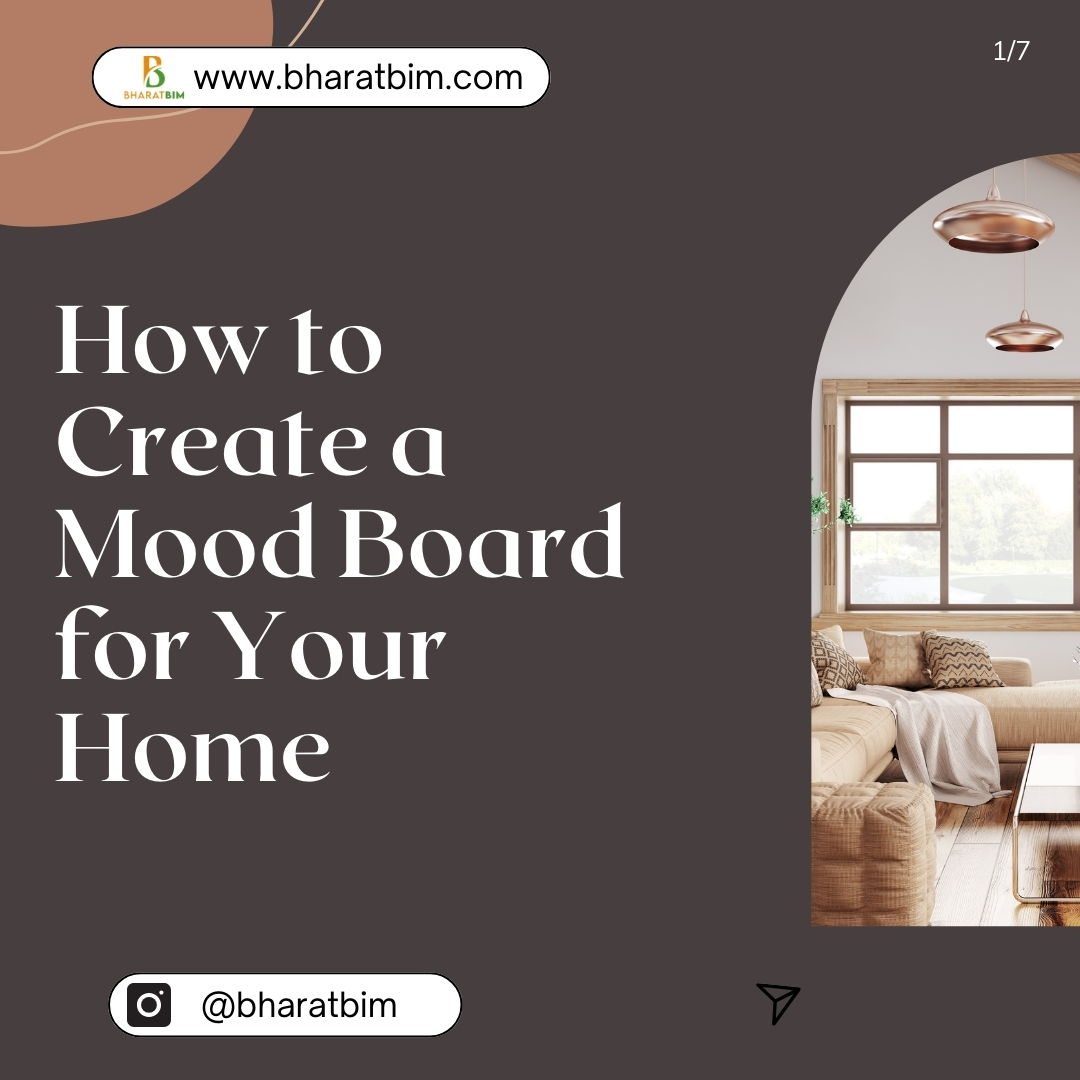How to choose the right paint colour
Consider the Room’s Purpose -Think about the mood and function of the room. For relaxation, choose calming colors; for energy, opt for vibrant hues.
Test Samples First -Paint small sections of your wall with different colors and observe them at various times of the day to see how they change with the light.
Use a Color Wheel -Understand the basics of color theory. Complementary colors can create contrast, while analogous colors provide harmony
Consider Existing Décor -Choose a paint color that complements your furniture, artwork, and flooring.
Start with Neutrals -If you’re unsure, neutrals like whites, grays, and beiges are versatile and can be paired with many accent colors.



















